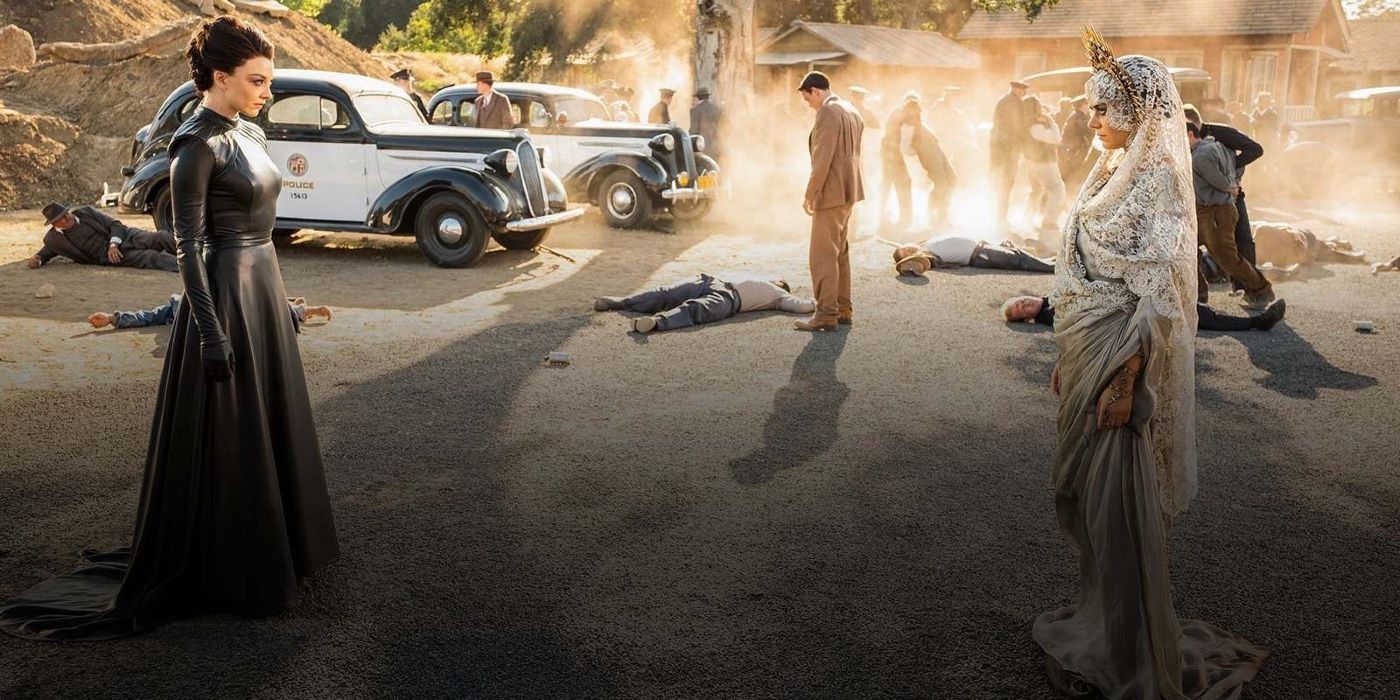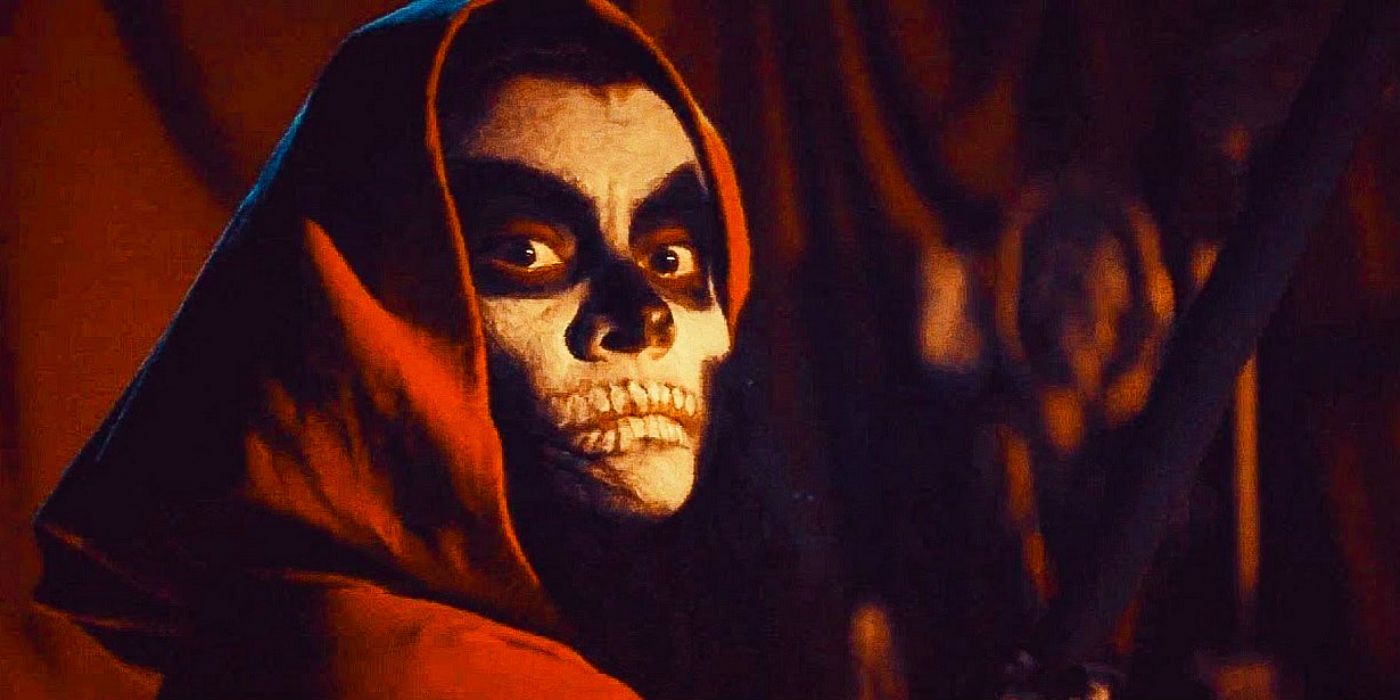John Logan's spin-off series, Penny Dreadful: City of Angels, invokes long-standing Hispanic traditions and folklore through its inclusion of Santa Muerte as a central character.
Even though City of Angels is disconnected from the original series, which ran for three seasons on Showtime from 2014-2016, the presence of the original can be felt through its roots in folklore, tradition, and legends. In many ways, it truly is a "spiritual descendant" of the original, steeped in the Golden Age of Hollywood, the 1930s (specifically 1938). Racial and social tensions come to a head and the traditional values of Mexican-American people collide with a growing, modern world less than a decade away from major war. The series premiere, "Santa Muerte", follows Maria Vega (Adriana Barraza), the mother of police detective Tiago Vega and an activist, Raul Vega, as she invokes the Hispanic deity, Santa Muerte, in prayer to protect her family from the troubles she can feel brewing just off the horizon.
Tiago (Daniel Zovatto) is the LAPD's first Mexican-American detective, and works alongside his partner Lewis Michener (Nathan Lane) to investigate a series of murders where the bodies have all been dressed in traditional garb related to the Dia de los Muertos (Day of the Dead) celebrations. At the core of City of Angels are two otherworldly beings - Magda, a shapeshifting demon (Natalie Dormer) and Santa Muerte (Lorenza Izzo) herself - sisters who have found themselves in the midst of the human struggles that surround them. In the series, Santa Muerte seems to favor humanity more than her sister, which links into the many different ways that the deity has been celebrated and feared by Hispanic cultures throughout history.
Santa Muerte Traditions & Cultural History Explained
Santa Muerte is known by a few names, but her full name is Nuestra Señora de la Santa Muerte, which means Our Lady of Holy Death/Sacred Death. She is the Mexican folk saint of death, and was originally male, though has become prominently known through a female figure in more recent years; she is a maternal deity, but is meant to personify death, much in the same way as the Grim Reaper or other harbingers of death, like the Angel of Death. She has a skull face, traditionally, and usually carries a scythe or globe. Santa Muerte has also been linked to an Aztec deity of death, Mictecacihuatl.
While Santa Muerte is commonly seen in a positive light, she has had a problematic reputation in the past; she was linked to death cults that deal with drug trafficking and other criminal behavior. Her positive influence is seen more through modern worship, particularly in the 21st century where she is prayed to and invoked predominantly by women. In the past, worship of Santa Muerte has been more private, but since Day of the Dead/Dia de los Muertos traditions have become more commonplace and accepted, those who believe in and worship or pray to her have practiced more openly.
Not connected to the Catholic church, which is a common religion practiced amongst Hispanic people, the deity has her own associated religion which has been condemned by the Church and is considered to be blasphemous. Some devotees also practice other religions, such as Catholicism; Santa Muerte is non-judgmental, from what those believe, and rather addresses those who speak to her directly even if they worship elsewhere. Part of this non-judgmental nature has led Santa Muerte to be a common deity associated with marginalized people, such as migrant workers, convicts, addicts, and members of the LGBTQ+ community; she even is relevant to many who are otherwise non-religious. While it's unclear where Penny Dreadful: City of Angels will take the character, her presence is immediately felt in the series.


